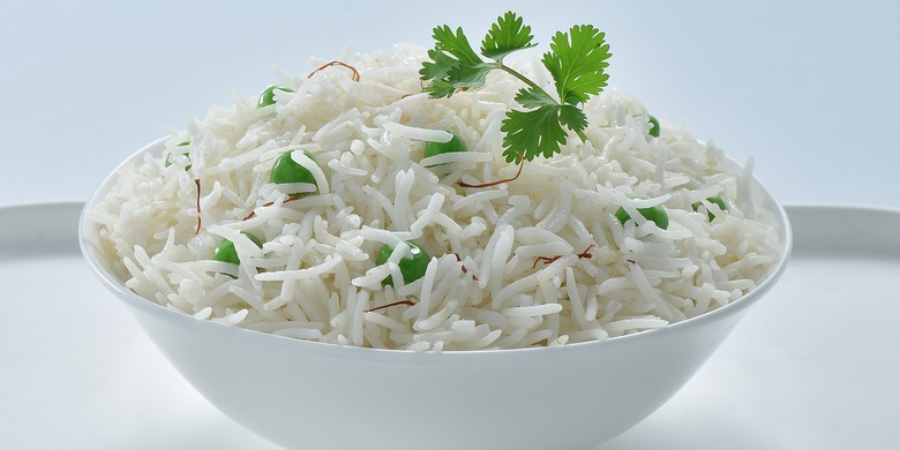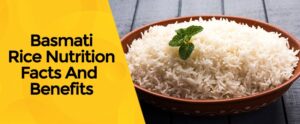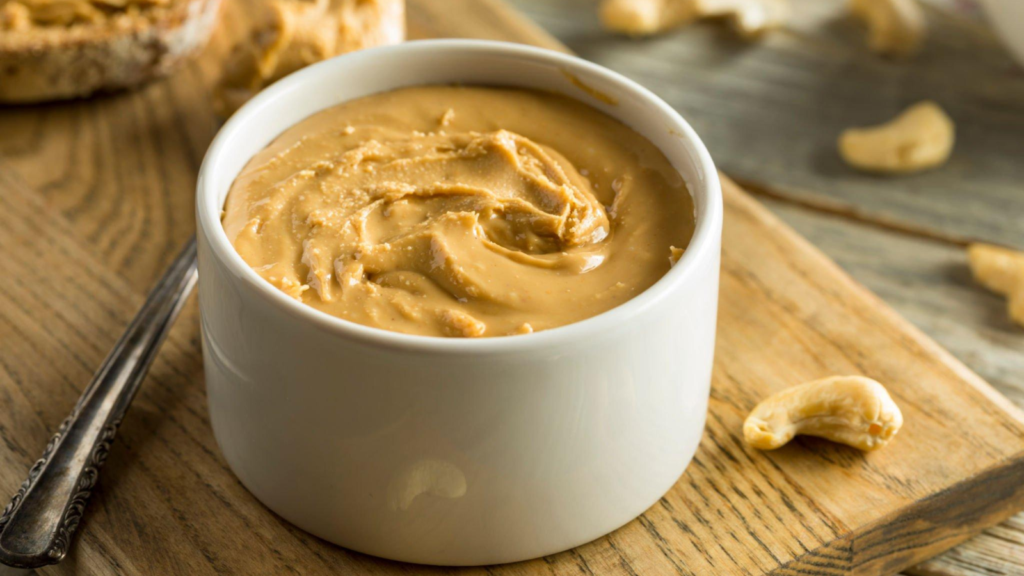When it comes to choosing a staple grain, basmati rice often stands out due to its unique flavor and aroma. But the burning question remains: is basmati rice healthy? In this article, we will explore the nutritional profile of basmati rice, its health benefits, and its role in weight loss. We’ll also compare it with other types of rice and provide practical tips for incorporating it into your diet.
Nutritional Profile of Basmati Rice
Basmati rice is a long-grain variety that is primarily grown in the Indian subcontinent. It is known for its fluffy texture and nutty flavor. Here’s a look at its nutritional composition:
| Nutrient | Amount per 100g (cooked) |
|---|---|
| Calories | 121 |
| Carbohydrates | 25.6g |
| Protein | 2.4g |
| Fat | 0.2g |
| Fiber | 0.4g |
| Iron | 0.2mg |
| Magnesium | 12mg |
Key Nutritional Benefits
- Low in Fat: Basmati rice is low in fat, making it an excellent choice for those looking to maintain a healthy weight.
- Gluten-Free: For individuals with gluten intolerance or celiac disease, basmati rice is a safe option.
- Rich in Carbohydrates: It provides a quick source of energy, which can be beneficial for active individuals.
- Contains Essential Minerals: Basmati rice contains small amounts of iron and magnesium, which are vital for various bodily functions.
Is Basmati Rice Healthy for Weight Loss?
When discussing whether basmati rice is healthy for weight loss, several factors come into play:
Glycemic Index
Basmati rice has a relatively low glycemic index (GI) compared to other types of rice. The GI measures how quickly foods raise blood sugar levels. Foods with a low GI are digested more slowly, leading to a gradual increase in blood sugar and insulin levels.
- Low GI Value: Basmati rice typically has a GI value between 50-58, making it a better option for those managing their blood sugar levels.
Portion Control
While basmati rice can be part of a weight-loss diet, portion control is crucial. Here are some tips:
- Serving Size: A standard serving size is about 1/2 cup cooked (approximately 100 grams).
- Balance Your Plate: Combine basmati rice with lean proteins and plenty of vegetables to create a balanced meal that keeps you full longer.
Real-Life Example
Consider Sarah, who decided to incorporate basmati rice into her weight-loss journey. She replaced her usual white rice with basmati and paired it with grilled chicken and steamed broccoli. By practicing portion control and balancing her meals, she found herself feeling satisfied without overindulging.
Health Benefits of Basmati Rice
Supports Heart Health
Basmati rice contains essential nutrients that contribute to heart health:
- Low Cholesterol: Its low-fat content means it is cholesterol-free.
- Fiber Content: Although not very high in fiber, the fiber present can help lower cholesterol levels.
Aids Digestion
The moderate fiber content in basmati rice can aid digestion:
- Gentle on the Stomach: It’s easier to digest than other grains, making it suitable for those with sensitive stomachs.
Provides Energy
As mentioned earlier, basmati rice is rich in carbohydrates:
- Quick Energy Source: Ideal for athletes or anyone needing an energy boost.
Comparing Basmati Rice with Other Rice Varieties
To truly understand if basmati rice is healthy, let’s compare it with other common varieties:
| Type of Rice | Calories (per 100g) | Glycemic Index | Fiber Content |
|---|---|---|---|
| Basmati | 121 | 50-58 | Low |
| White Rice | 130 | 70 | Low |
| Brown Rice | 111 | 55 | High |
| Jasmine Rice | 130 | 68 | Low |
Insights from the Comparison
- Glycemic Index: Basmati has a lower GI than white and jasmine rice, making it a healthier choice for blood sugar control.
- Fiber Content: While brown rice offers more fiber, basmati can still be part of a balanced diet when combined with other fiber-rich foods.
How to Incorporate Basmati Rice into Your Diet
Here are some creative ways to enjoy basmati rice while maximizing its health benefits:
Recipes to Try
- Basmati Rice Salad
- Combine cooked basmati rice with chopped vegetables (like bell peppers and cucumbers), chickpeas, and a light vinaigrette.
- Vegetable Stir-Fry
- Sauté your favorite vegetables in olive oil and serve them over steamed basmati rice.
- Basmati Rice Pudding
- Cook basmati rice with almond milk, add honey or maple syrup, and top with fruits and nuts for a healthy dessert.
Cooking Tips
- Rinse before cooking: Rinsing basmati rice removes excess starch, preventing it from becoming sticky.
- Use broth instead of water: For added flavor, cook your basmati rice in vegetable or chicken broth.
Potential Drawbacks of Basmati Rice
While there are many benefits to eating basmati rice, it’s essential to consider potential drawbacks as well:
- Carbohydrate Content: Being high in carbohydrates means that portion control is key, especially for those monitoring their carb intake.
- Lack of Fiber: Compared to whole grains like brown rice or quinoa, basmati has less fiber.
- Arsenic Levels: Like all types of rice, basmati can contain arsenic; however, rinsing thoroughly before cooking can help reduce this risk.
Conclusion
So, is basmati rice healthy? The answer is yes! When consumed mindfully as part of a balanced diet, it offers numerous health benefits including being low in fat and having a moderate glycemic index. It can also support weight loss when portion sizes are managed effectively.
Incorporating basmati rice into your meals can be both delicious and nutritious. Whether you’re preparing a hearty stir-fry or a refreshing salad, this aromatic grain can elevate your dishes while contributing positively to your health goals.
Remember that moderation is key! Enjoy the unique flavors of basmati while keeping an eye on your overall dietary balance.



